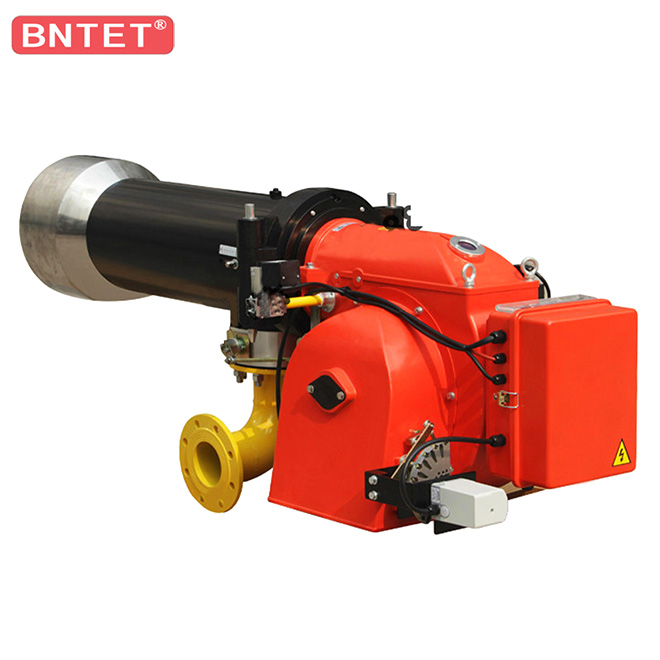
The nitrogen reduction principle of the low nitrogen burner is basically the same, it is a complete combustion process, so there is a flue gas internal circulation on the market, which is said to be able to achieve the turbocharged flue gas internal circulation combustion, then this is a kind of technology?
FIR combustion-supporting air internal circulation technology. Fuel flue gas internal circulation technology and secondary air layout technology, using a unique burner structure without FGR, so that the nitrogen oxides in the flue gas can be reduced by more than 50% to below 30mg/m3.
1. Through the high-speed injection of air and gas through the Venturi effect, the internal flue gas circulation (FIR) function is realized in the furnace, and the internal circulation of combustion-supporting air and flue gas and the double internal circulation of fuel and flue gas are respectively realized.
2. Staged combustion: Through the unique staged design of gas and air, the burner can form a staged flame at the outlet of the furnace, reduce the temperature of the combustion flame, and reduce the formation of thermal nitrogen oxides;
3. Flue gas internal circulation (FIR): The graded combustion is designed as a graded flame with different combustion speeds. The high-speed flame drives the low-speed flame to form the internal smoke entrainment, forming an internal flue gas circulation, further reducing the flame temperature and reducing the thermal NOX. form;
4. Fuel internal circulation (FIR): Remix the internal flue gas and fuel, reduce the combustion temperature by reducing the calorific value of the fuel, thereby reducing the formation of thermal NOX.
5. Through the right angle crossing of gas and air, fully mix and spray to the area below 1000 ℃ to reduce the generation of nitrogen oxides.







